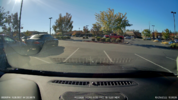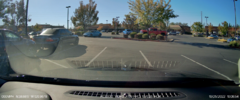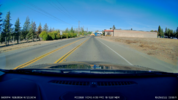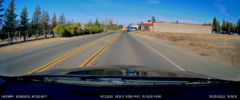Nigel
Well-Known Member
- Joined
- Jul 7, 2014
- Messages
- 17,216
- Reaction score
- 9,006
- Location
- Wales
- Country
- United Kingdom
- Dash Cam
- Gitup F1+G3ꞈꞈꞈꞈꞈ Viofo A229ꞈꞈꞈꞈꞈ Blueskysea B4K
There will be no problems if you use the parking mode timer to limit the battery use to maybe 3 hours, and for many people this is perfectly acceptable. Maybe another update to your recommendation is justified?I just updated that statement to be: "In my opinion, powering the A139 Pro 3-channel configuration with the HK3-C hardwire kit using fuse taps to source power from your vehicle's fuse box would not be recommended if you're intending on getting a decent amount of parking mode recording time."
What happened to the Geofencing feature for parking mode?
For people who want 24/7 recording then yes, their car battery will struggle to achieve that when using 3 channels, and their dashcam battery will too!
Interestingly, it is not particularly thirsty on power when used as a 1 channel dashcam. Maybe it is worth having a parking mode setting for 2 channel only, although I suspect a lot of people buying the 3 channel version will want the interior to record thieves inside the car?





